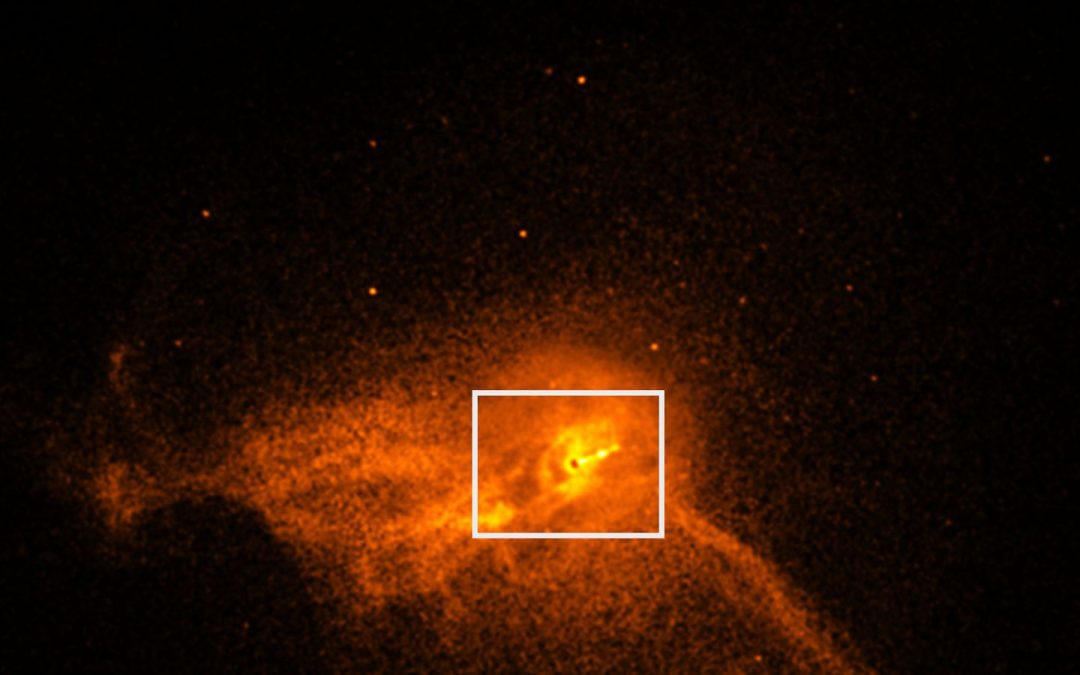The astonishing first photo of a black hole, revealed this weekby the team behind the Event Horizon Telescope, opens up new avenues for researchers to probe more deeply into the inner workings of these extreme and fundamental aspects of our universe.
The major announcement that scientists have finally caught one on camera, so to speak, paves the way for the pursuit of new avenues in astrophysics that will probe the nature of gravity.
One focus for scientists going forward will be trying to observe and understand the powerful jets of radiation and ultra high-speed particles that are ejected from near the black holes at close to the speed of light.
It’s thought that black holes are the source for some of the most energetic particles in the universe, known as cosmic rays.
The black hole is 55 million light-years from Earth, in a galaxy known as Messier 87, and has a mass 6.5 billion times that of the sun.
The photo, taken by the Event Horizon Telescope, shows the shadow of the Messier 87 galaxy’s supermassive black hole surrounded by a ring of light near the object’s event horizon — the point at which nothing, not even light, can escape the gravitational pull of the black hole.
The image offered a final, ringing affirmation of an idea so disturbing that even Einstein, from whose equations black holes emerged, was loath to accept it.
If too much matter is crammed into one place, the cumulative force of gravity becomes overwhelming, and the place becomes an eternal trap.
Here, according to Einstein’s theory, matter, space and time come to an end and vanish like a dream.
That dark vision has became a visceral reality.
As far as the team of astronomers could ascertain, the shape of the shadow is circular, as Einstein’s theory predicts.
The ring consists of superheated gases known as plasma, which forms as a result of the black hole’s immense gravitational field.
The material headed toward Earth appears brighter than the side moving away.
Nobody knows how such behemoths of nothingness could have been assembled.
Dense wrinkles in the primordial energies of the Big Bang?
Monster runaway stars that collapsed and swallowed up their surroundings in the dawning years of the universe?
Nor do scientists know what ultimately happens to whatever falls into a black hole, nor what forces reign at the center, where, theoretically, the density approaches infinity and smoke pours from nature’s computer.
Exactly what would happen to a planet within the black hole is still theoretical, though it would likely be crushed by the gravity.
But what if a planet was orbiting the black hole, yet far enough away to escape it’s pull?
You’d have to hold onto something.
Despite the black hole’s size, an orbiting planet would circumnavigate it in a week or less, says Geoffrey Crew, research scientist MIT’s Haystack Observatory.
And that planet would be traveling at the speed of light.

